In Japanese we have the word “Satsuki Bare” that means a bright clear day in May, and we have more opportunities to look up at the sky than on dark winter days. The other day, I noticed there’s an onigawara(鬼瓦) on top of the roof when I looked up, and I thought, “Is it one of the unique features of Japanese culture? May foreign people be interested in it?” So I decided to choose onigawara as the topic for this month.
What is Onigawara?
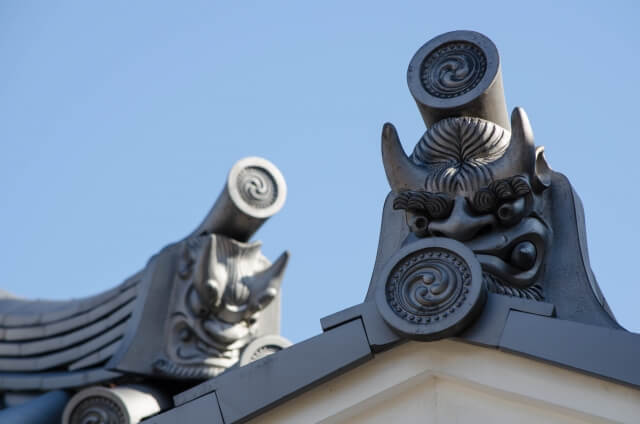
Onigawara literally means ogre or demon(oni) and roof tile(kawara). They are the kind of ornamental roof tiles observed at both ends of the roof of typical Japanese architecture. They are installed as a talisman to ward off evil spirits and as a decoration. They also play an important role to prevent rainwater from entering the building. They are called onigawara, demon-faced roof tiles, but don’t necessarily have the face of a demon. There are various kinds of designs. It is said that the origin of demon-faced onigawara comes from the fact that Medusa, which is famous from the myths of Greece, was placed on top of the entrance at the ruins of Palmyra in Syria, and it was handed down through the Silk Road and became onigawara.
The History of Onigawara
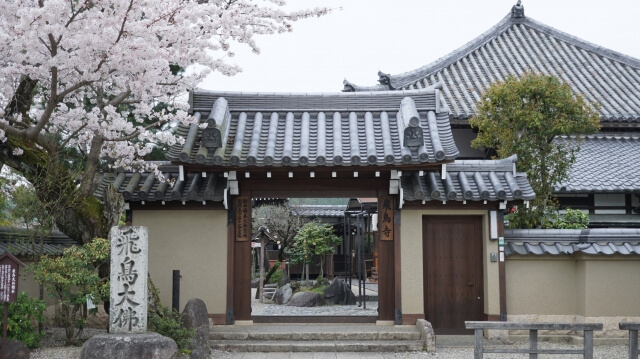
Japan’s onigawara has a 1400-year old history. It’s said that kawara, the roof tile itself, was introduced to Japan from Korea in 588 along with Buddhism. Four kawara experts were dispatched and used kawara for the first time in the construction of the Asuka-dera Temple. The oldest onigawara was excavated from the ruins of Horyu-ji Temple in Nara Prefecture, but it has a lotus flower design instead of being demon-faced. In the early ages, hanagawara, an ornamental tile with botanical design, was common. Then it was improved into oni-ita, a board tile with the face of a demon. Oni-ita were installed to ward off evil spirits and to stop roof leaks. It gradually acquired distinct demon-like features and became strongly three dimensional with horns.
The Functions of Onigawara
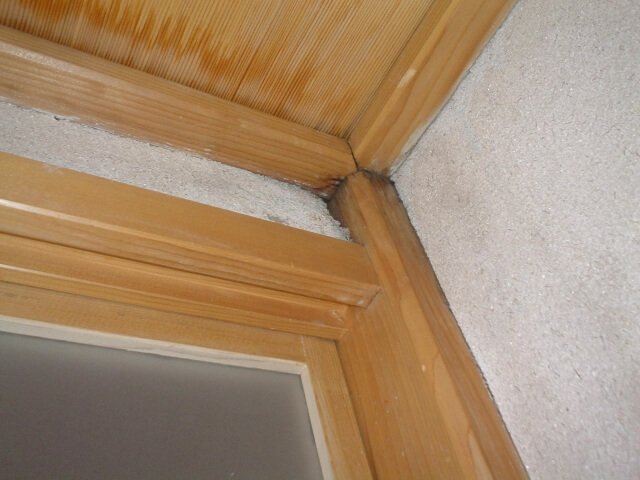
- To prevent rain from leaking : Onigawara are installed at both ends of the roof ridge to prevent rainwater from entering the building.
- To ward off evil spirits : It’s believed that the design of the demon wards off evil spirits, and the demon will be on your side by installing onigawara on the roof.
- To pray for things : For example, the design of water related things is believed to prevent the building from catching on fire or the design of a purse is believed to make you rich.
Sho-ki statues

Sho-ki(鍾馗) is a Chinese folk god and believed to be stronger than demons. In the Kinki region in Japan, we can see the custom of placing Sho-ki statues on the roof to ward off evil spirits. There’s an anecdote which is assumed to be the origin of the custom. Once upon a time, when a pharmacy in Sanjo, Kyoto was roofed with splendid onigawara, the resident of the house across the street suddenly fell ill with an unknown cause, which was thought to be caused by a bad thing that bounced back on the onigawara of the pharmacy and entered the house across the street, and it is said that when Shoki, stronger than demons, was made and used as a talisman, the illness of the resident was completely cured. He’s like a Demon Slayer!
Kawara Craft Studio ILACA
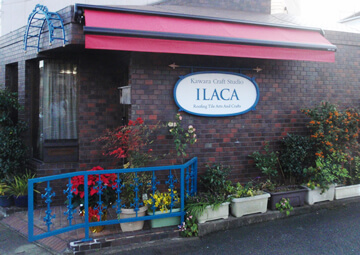
While doing some research on onigawara, I found there’s a roofing and roof tile craft company called Kawara Craft Studio ILACA in my town. I asked them if I could visit there and hear about onigawara. They kindly accepted my request, and told me many things about onigawara and showed me some of their onigawara goods. I’ll show you some pictures in the studio and share the link.
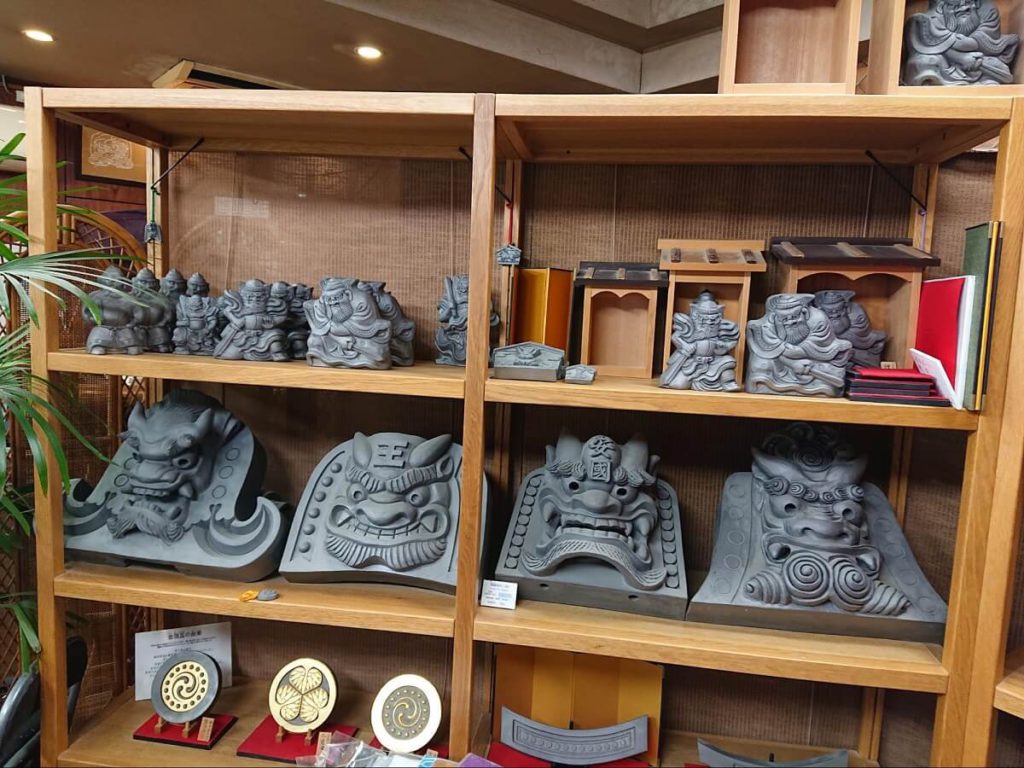
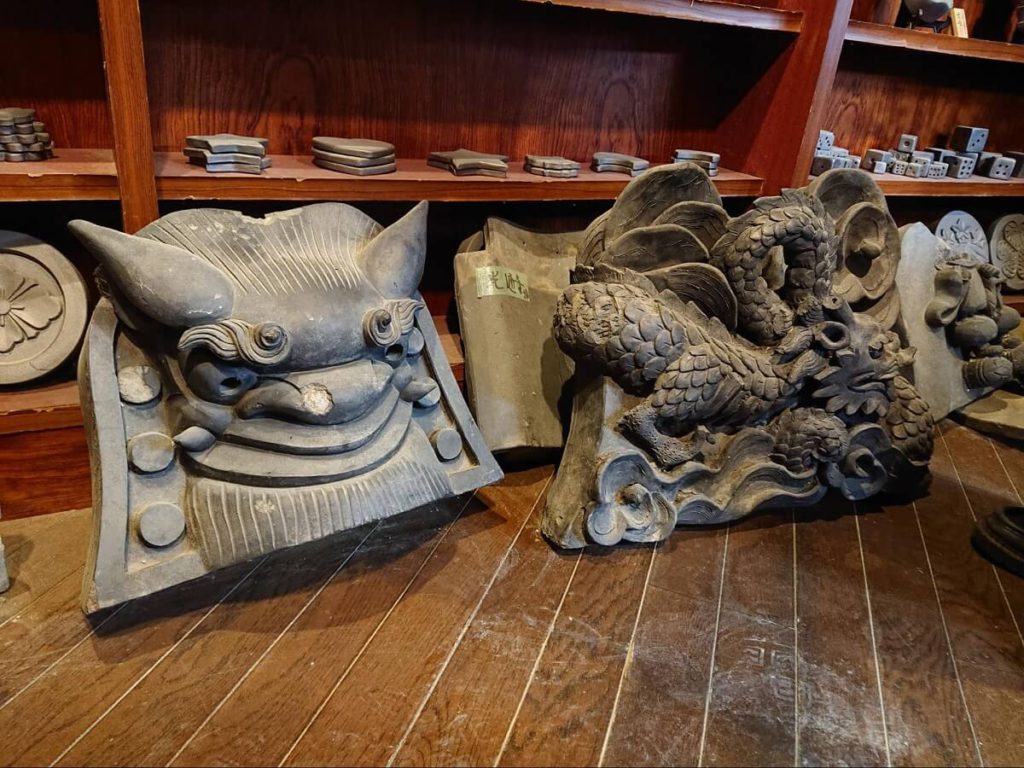
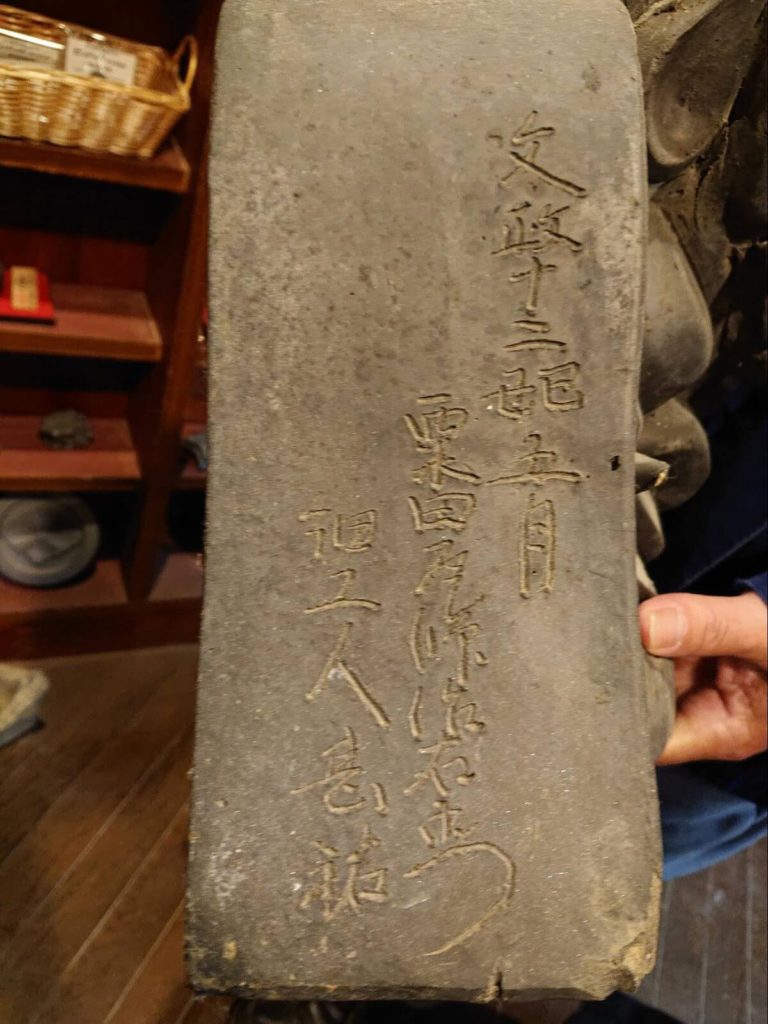
and the date of manufacture/creation
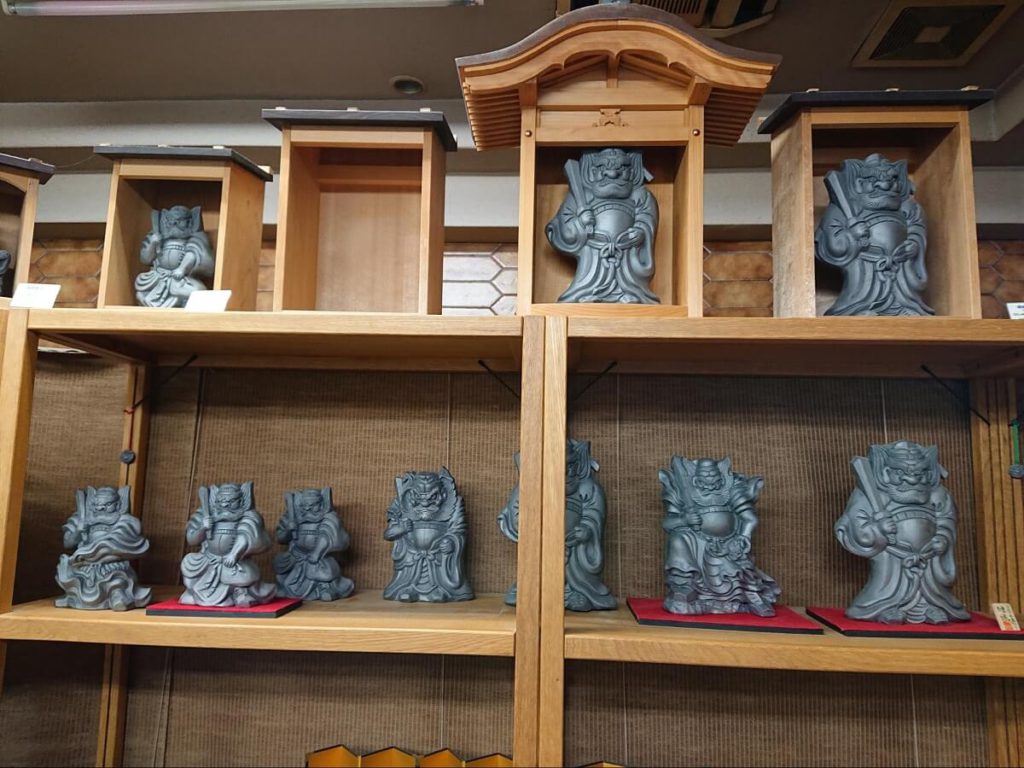
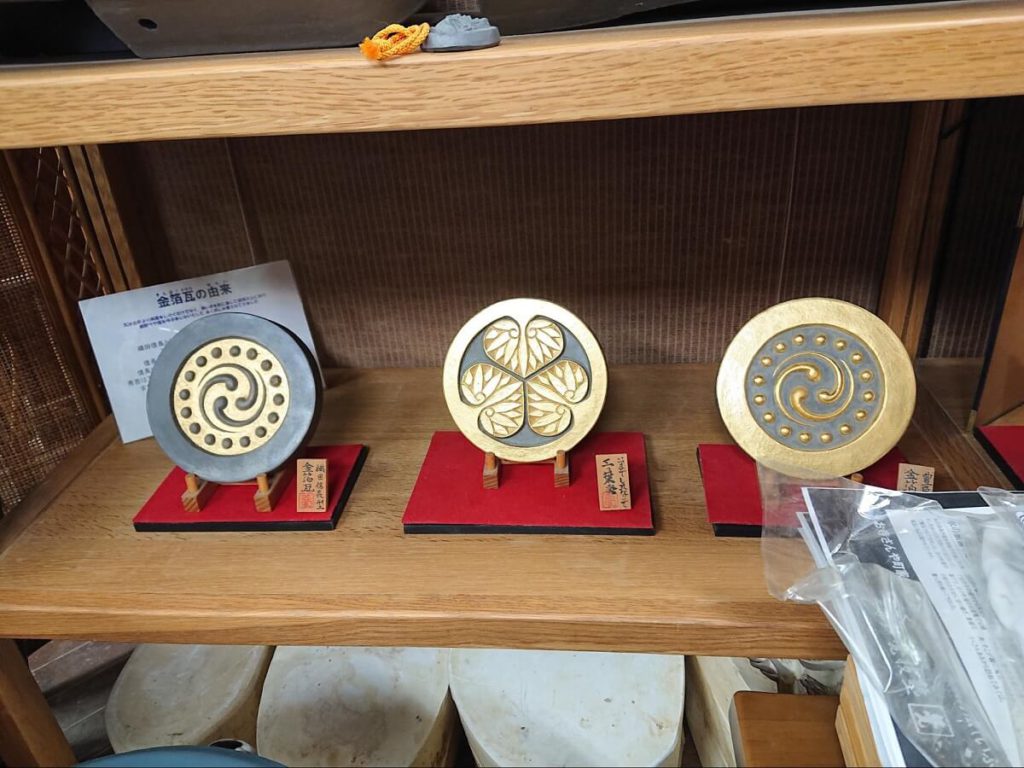



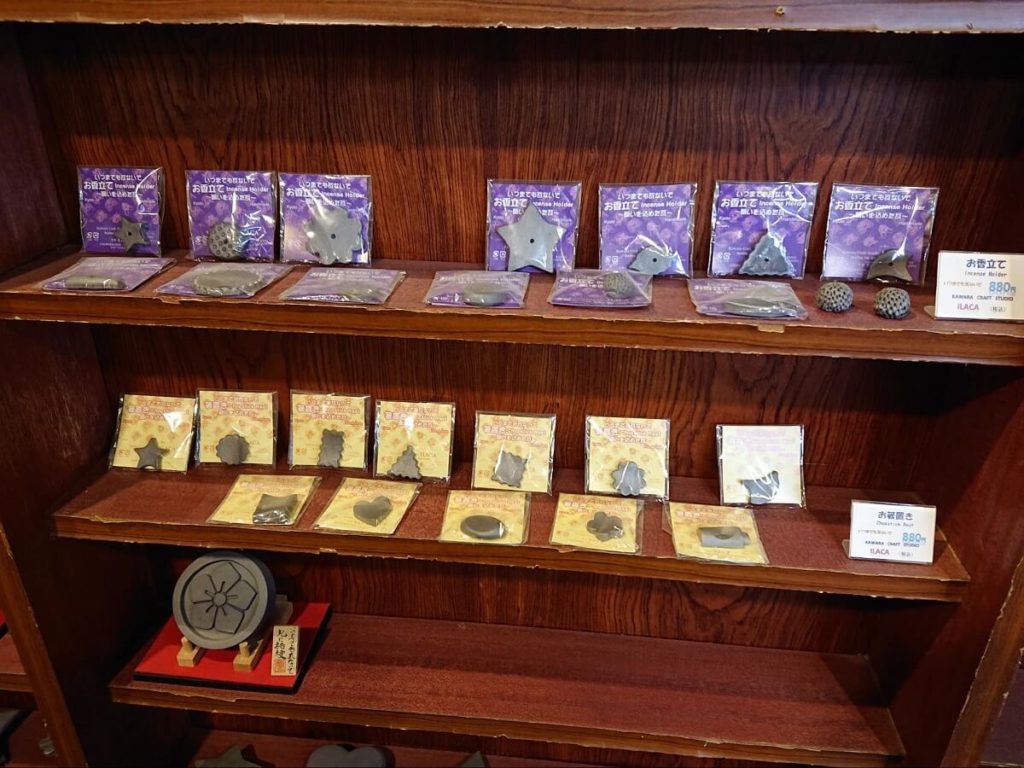
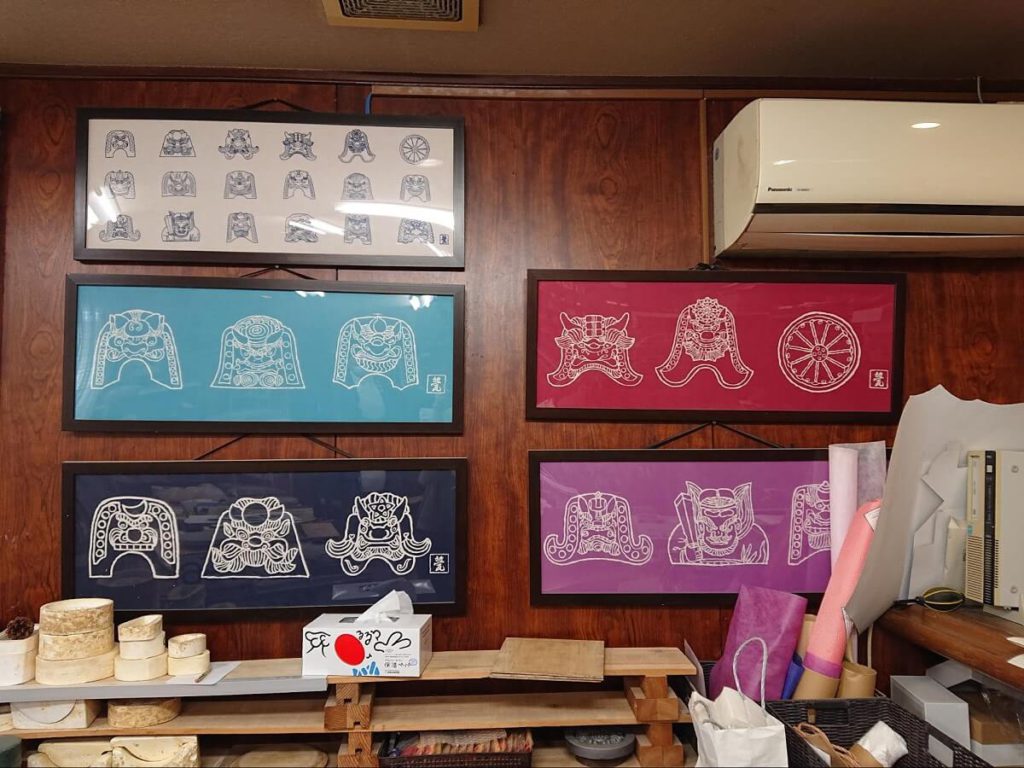
Kawara Craft Studio ILACA
https://www.ilaca.net/ilaca/english/index.html
I really appreciate their kindness.
I hope you get interested in onigawara, and look up to enjoy watching onigawara with various designs!
A physical therapist in charge of rehabilitation at a hospital. I was born and raised in Ichijoji, Kyoto. My dream is to practice rehabilitation with foreign patients in fluent English so as to make them feel comfortable and at ease.

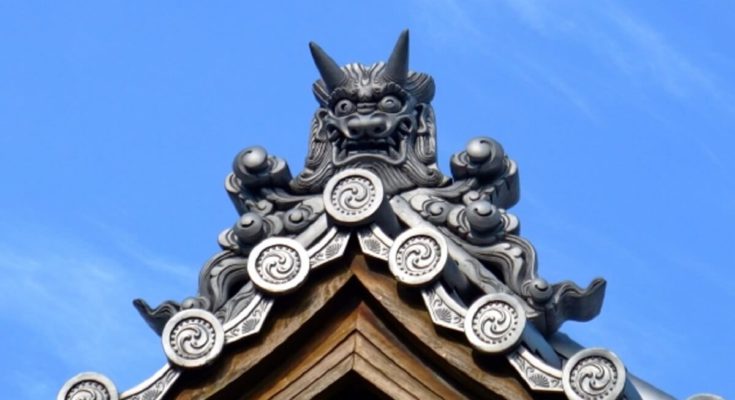
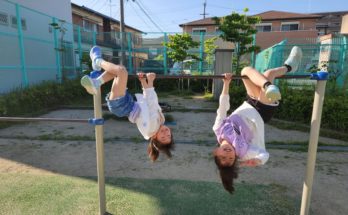
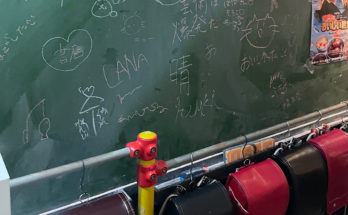
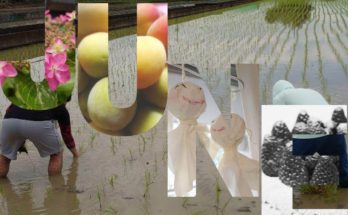
Dear Ms Yumi,
Thank you for your essay on Onigawara. I was in Nara recently and through your essay I now know the deity Sho-ki that I gave seen there. I hope not to trouble you too much with a question. I was seeing a YouTube video how a traditional Japanese is built and saw the final completion. What caught my attention was a concrete bowl set in the ground along the edge of the narrow front walkway under the eave of the house. A pair of bamboo chopsticks was placed inside. May I ask what this symbolise? Is this a good omen or an offering to a deity? Since the little garden is in front of the house, half of the bowl actually protrude onto the lawn. Thank you and hope you can enlighten me. I could not find anything in the internet. I have a screenshot of this bowl from the video. Regards.